Transcript:
[0m:4s] Hi I'm Josh Bloom, welcome to another video in the RSP Supply education series. If you find that these videos are helpful to you, it certainly helps us out if you could give us a big thumbs up and subscribe to our channel.
[0m:16s] In today's, video, we're going to be talking more about communications and some of the standards that are used in relation to serial type communication.
[0m:26s] If you remember from our last video in this series, we talked about how serial communication is simply data that is transmitted and received just one bit at a time.
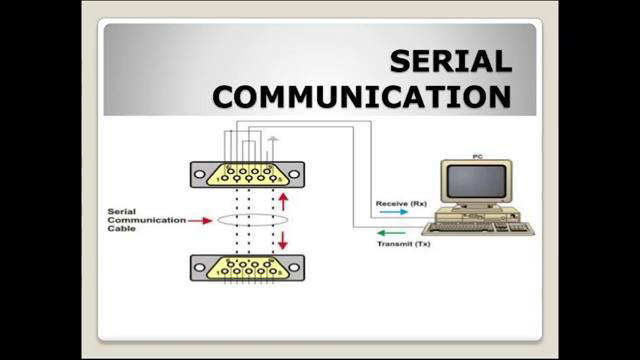
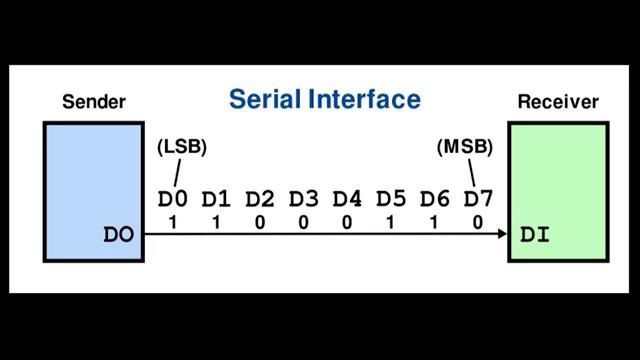
[0m:37s] So serial communication can have many different protocols and standards that fall under that umbrella.

[0m:44s] If you have not already seen that video, we will link it in the description below.
[0m:49s] For the purpose of this video, we are going to be talking about
[0m:53s] the RS 232 communication standard.
[0m:56s] The RS 232 standard is one of the oldest and most commonly used serial communication methods that has been used since 1960 when it was created.
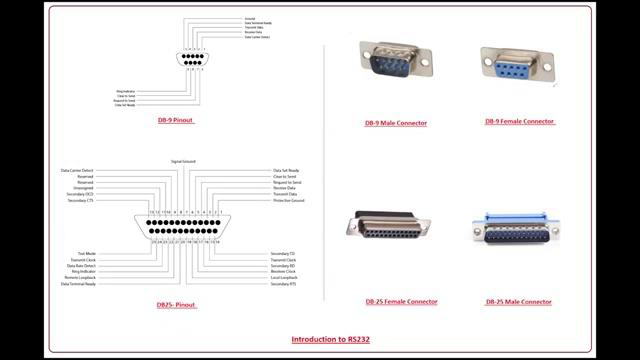
[1m:7s] RS stands for recommended standards,
[1m:11s] and this standard simply defines the electrical characteristics and timing of signals, the meaning of those signals, and the physical size and pinout of the connectors that are being used.
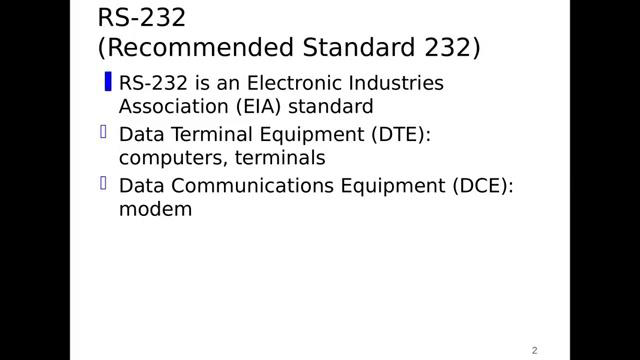
[1m:24s] Let's look at some of the characteristics of this serial communication method,
[1m:28s] and in what scenarios we might see them being used in. And finally, some of the advantages and disadvantages of using RS 232.
[1m:40s] While there are several different types of cables that can be used with RS 232 the most common cable in use today is the 9 Pin DB style connector. This connector is still used in many different devices today. Like, for instance, many computer monitor cables still use this connector.
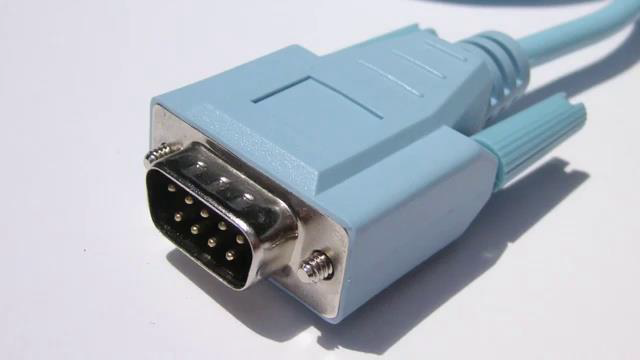
[1m:57s] However, just because this cable is being used, it does not necessarily mean that RS 232 serial communication is being utilized.
[2m:6s] RS 232 is used to communicate between different devices. Examples might be a computer sending information to a printer, or a PLC communicating with a motor drive.
[2m:18s] As long as the devices are communicating using the RS 232 standard, they should be able to talk to each other, as long as they meet a few specific criteria.
[2m:30s] In the RS 232 standard, there are two types of devices: DTE, data terminal equipment, and DCE, data communications equipment. In normal circumstances, in order for two devices to communicate using the RS 232 standard, one device needs to be a DTE device, this would normally be something like our computers or a PLC,
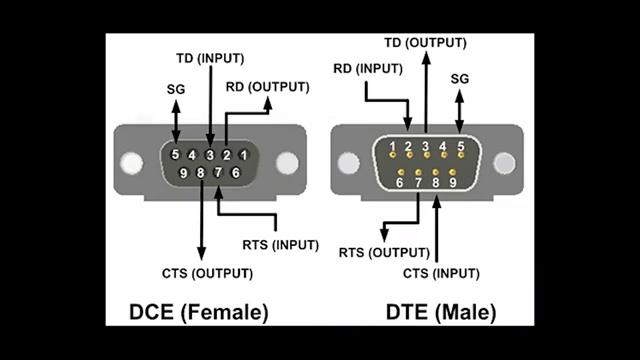
[2m:52s] and the other device needs to be a DCE device. Examples of DCE devices would be like printers, field devices, such as motor drives, communication modules, etc.
[3m:4s] When you try to communicate between two DTE or DCE devices, you will encounter problems.
[3m:11s] While there are workarounds in those scenarios, it is not as common and it can create other communication issues. While many devices still use the RS 232 standard, there are some disadvantages to using this communication standard. First and foremost, it has slower communication speeds when compared to later interfaces such as RS 420,
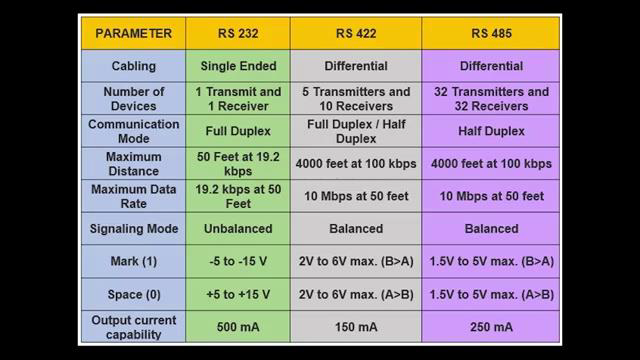
[3m:32s] RS 485, and Ethernet.
[3m:34s] RS 232 typically will send data at about 20 kilobits per second,
[3m:39s] which by today's standards is very slow.
[3m:42s] It also has a very limited distance in which it can properly communicate. Anything longer than about 50 feet and RS 232 will begin to experience data loss. It also has almost no multipoint capability. While some workaround solutions have been introduced over the years, it is primarily not designed for these scenarios and does not communicate effectively with multiple devices. With that said there are still many scenarios that you may encounter where devices are still using the RS 232 standards.
[4m:15s] With the ability to use communications converters or adapters, there are very few situations where we cannot incorporate this standard into our existing communications networks,
[4m:25s] which makes RS 232 fairly easy to work with, and something that will most likely continue being used for years into the future. For a full line of industrial communication devices and thousands of other products, please go to our website. For more information or other educational videos, go to RSPSupply.com, the Internet's top source for industrial hardware. And don't forget:
[4m:48s] like and subscribe.




